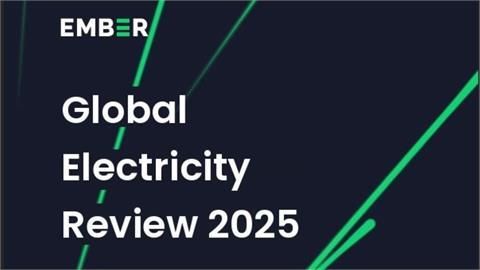Ryan Mangan
Transmission Troubles: The Hidden Talent Crisis in Australia’s Energy Infrastructure
Australia's aim to achieve 82% renewable energy generation by 2030 is heavily dependent on its ability to deliver a robust and expansive grid, and yet, as those of us working in recruitment across the grid and transmission sectors can attest, there is a shortfall in talent required to realise this vision. Here is my take on where we are at now and what we need to do to deliver on the government promises.
The Workforce Gap in Transmission Projects
Major transmission initiatives, such as New South Wales' Central-West Orana Renewable Energy Zone (REZ), are central to the country's clean energy transition. However, these projects face delays due to a scarcity of qualified workers. The Australian Energy Market Operator (AEMO) has highlighted that labor shortages, among other factors, are contributing to significant cost overruns and project delays.
Key roles in high demand include:
- High-voltage electricians and lineworkers
- Power systems engineers
- Grid integration and grid connection specialists
- Environmental and stakeholder engagement consultants
- Project managers with HV infrastructure experience (500kv)
The competition for these professionals is intense, with sectors like mining and technology also vying for their expertise.
What’s Contributing to the Shortage
Several elements deepen the talent crisis:
- Aging Workforce: A significant portion of the current workforce is approaching retirement, with insufficient new entrants to fill the gap.
- Training Bottlenecks: Vocational Education and Training (VET) programs are not producing enough graduates to meet the growing demand.
- Geographical Challenges: Many projects are located in regional or remote areas, making recruitment and retention more difficult.
- Competing Industries: Other sectors offer competitive salaries and benefits, attracting potential candidates away from the energy sector (ie mining and recently data centres).
- Major projects: there are several major projects kicking off around the same time, putting strain on resources and driving up demand for the job titles above, in turn driving up salaries and costs.
Strategies for Addressing the Talent Shortage
To mitigate these challenges, Hiring Managers should consider:
- Enhanced Training Programs: Collaborate with educational institutions to develop targeted training and apprenticeship programs.
- Incentivising Regional Work: Offer relocation assistance, housing subsidies, and other benefits to attract workers to remote project sites. At Enemix we have helped lots of client construct compelling and cost-effective relocation packages for top-tier candidates.
- Diverse Recruitment: Broaden recruitment efforts to include underrepresented groups, tapping into a wider talent pool.
- Leveraging Technology: Utilize digital tools and platforms to streamline recruitment and training processes. If you need help with this – you can always reach out to one of the Enemix team.
- Leveraging International Talent: Due to a lack of talent with 500kv experience in this country we have to look overseas. The key here is to have your visa allocations pre approved in the early phase of resource planning, and doing this due diligence early, as mobilisation and visa processing can take 6 months or more.
The Path Forward
Australia's energy transition is not solely a technological endeavour; it's a human one. Building the infrastructure for a sustainable future requires a concerted effort to develop and support the workforce behind it.
At Enemix, we are committed to connecting skilled professionals with opportunities in the energy sector, ensuring that the nation's renewable energy goals are met with the expertise they demand – ensuring that we can play our small part in helping the government deliver on this vital target. We are always open to having conversations around resource planning, market mapping and tailoring our services to meet the demand of the market and our clients.
This is paragraph text. Click it or hit the Manage Text button to change the font, color, size, format, and more. To set up site-wide paragraph and title styles, go to Site Theme.










